
The NPK compound fertilizer drum dryer was developed by Tongli Heavy Machinery in 1990, mainly for NPK compound fertilizer granules, organic fertilizer granules, and extruded fertilizer granules. The hot air temperature at the dryer inlet is 300 degrees, which can effectively reduce the moisture content of the fertilizer from 5%~15% to 2%~3%. The strength of the dried fertilizer is greatly improved compared to that of the undried fertilizer, and the strength can reach 20 Newtons. The drying process largely determines the output of a production line and the quality of the product. Tongli dryer uses fluid mechanics simulation software and has different copying plate designs for different materials. At the same time, it uses a combination of steel sheets and felt seals for sealing, which improves thermal efficiency while reducing dust.
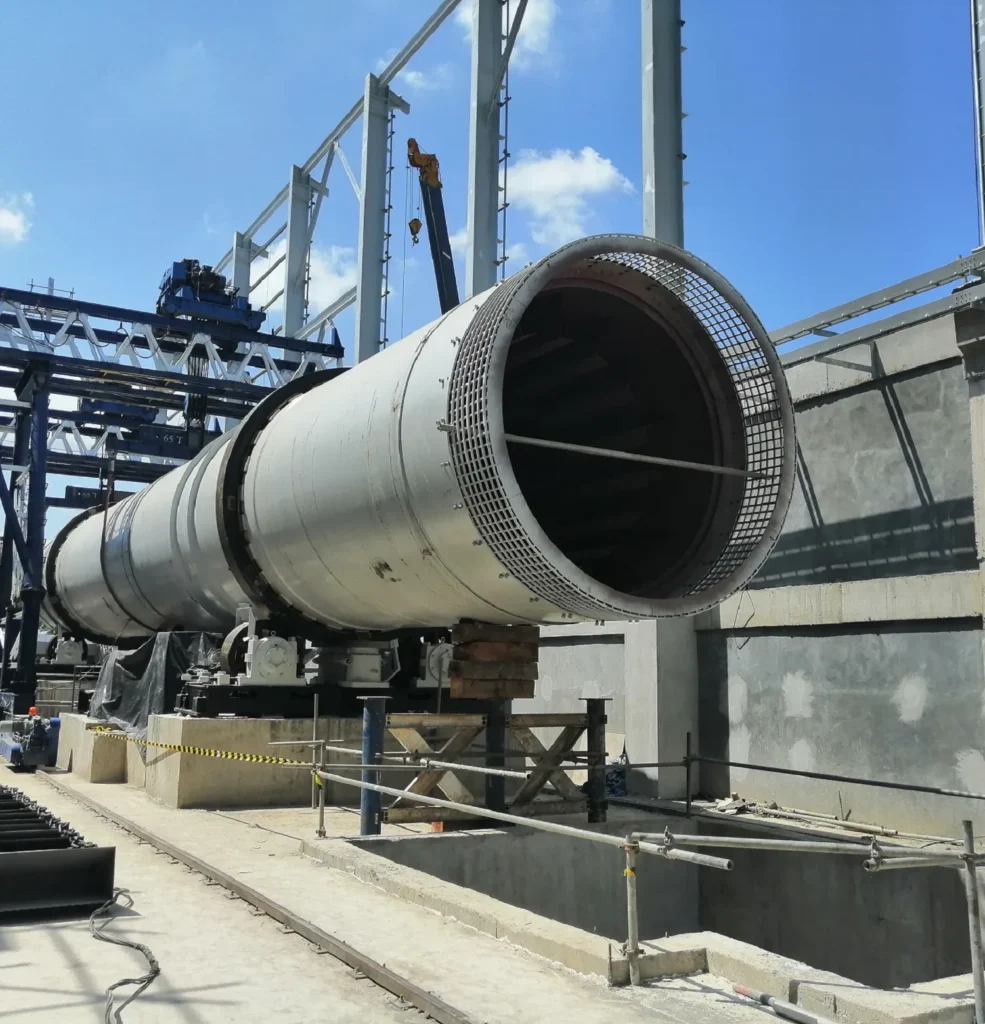

One machine, three jobs
A MACHINE YOU CAN DEPEND ON!
Strong adaptability, suitable for a variety of materials, whether they are granular or powdery, and can be efficiently processed. Can also flexibly adjust the drying parameters according to different production needs to meet various process requirements.
Tongli compound fertilizer drum dryer is compatible with multiple heat sources, including coal, natural gas, biomass and diesel. The diverse heat source selection is convenient for users to the greatest extent. For example, coal is more commonly used in Africa, and it can also be designed to be universal for both fuels according to customer requirements.
The equipment adopts the patented design of Tongli's 65 years of experience, combined with high-strength cast steel materials, stable operation and long life. The internal fluid mechanics lifting plate design maximizes the contact area between the material and the heat source, enhances the heat exchange efficiency, and can produce continuously without interruption.
The efficient lifting system and precise temperature control technology ensure uniform and rapid drying of compound fertilizers, while significantly reducing energy consumption and improving production efficiency and product quality. There are infrared temperature detectors at the entrance and exit of the dryer, which display the material temperature and equipment operating parameters in real time on the computer screen;
| Specification | I.D. (mm) | Length (mm) | Slope (°) | Speed (r/min) | Production Capacity (t/d) | Main Motor Model | Main Motor Power (kW) | Main Reducer Model | Main Reducer Ratio | Dimensions (L*W*H, mm) | Weight (t) |
| 2*20m | 2000 | 20000 | 2.5 | 3 | 7~10 | Y225M-8 | 22 | JZQ750 | 31.5 | 22091*3232*4445 | 43.2 |
| 2.2*22m | 2200 | 22000 | 2.5 | 2.71 | 8~14 | Y280S-8 | 37 | ZL85 | 35.5 | 23400*4593*3810 | 50 |
| 2.4*24m | 2400 | 24000 | 2.5 | 2.58 | 12~16 | Y280M-8 | 45 | ZL100 | 40 | 25630*4097*5932 | 70 |
| 2.6*26m | 2600 | 26000 | 2.5 | 2.58 | 14~18 | Y315S-8 | 55 | ZL100 | 35.5 | 28000*4400*7100 | 84 |
| 2.8*24m | 2800 | 24000 | 1.5 | 4 | 16~20 | Y315M2-8 | 110 | ZL115 | 31.5 | 26300*5300*5300 | 95 |
| 2.8*28m | 2800 | 28000 | 2 | 2.55 | 18~20 | Y315S-6 | 75 | ZL115 | 45 | 29630*4220*5110 | 100 |
| 2.8*34m | 2800 | 34000 | 2.5 | 2.59 | 18~22 | Y315M-6 | 90 | ZSY400 | 45 | 37500*4050*5350 | 111 |
| 3.0*28m | 3000 | 28000 | 2.8 | 2.69 | 20~22 | Y315L1-6 | 110 | ZL130 | 45 | 30615*5960*6450 | 130 |
| 3.2*25m | 3200 | 25000 | 1.8 | 2.6 | 22~24 | Y315M-4 | 132 | ZSY450 | 63 | 29500*6500*7300 | 138 |
| 3.4*25m | 3400 | 25000 | 1.8 | 4 | 26~28 | Y315L2-4 | 200 | ZL130 | 40 | 27600*6678*6030 | 158 |
| 3.4*34m | 3400 | 34000 | 2 | 2.51 | 28~32 | Y315M2-8 | 132 | ZL130 | 35.5 | 35700*5775*7140 | 185 |
| 3.6*42m | 3600 | 42000 | 2 | 3.4 | 400~500 | Y355L2-4 | 280 | ZSY560 | 50 | 44800*6300*9800 | 239 |
| 4.2*34m | 4100 | 34000 | 1.8 | 2.09 | 40~45 | YKK4003-4 | 315 | - | 90 | 36466*7800*6800 | 240 |
| 4.3*36m | 4200 | 33200 | 1.8 | 2.09 | 400~500 | YKK4005-4 | 400 | ZSY710 | 80 | 35660*8500*7800 | 272 |
QUALITY NEVER GOES OUT OF STYLE
Compound fertilizer materials such as urea, monoammonium phosphate, diammonium phosphate, and potassium chloride are fed into the feed box of the rotary dryer through a belt conveyor or a bucket elevator, and then the materials are transported from the higher end to the inside of the dryer. The hot air generated by the hot air furnace enters from the lower end and forms a countercurrent contact with the material to achieve effective transfer of heat energy.
According to specific needs, the heat carrier can flow into the cylinder at the same time as the material to complete the drying process in coordination, or the two can be operated in steps. Under the continuous rotation of the cylinder, the material moves to the lower end under the guidance of gravity. In this process, the wet material is fully exposed to the hot air flow under the cooperation of the lifting plate in the cylinder, which accelerates the drying process. The dried material is discharged from the cylinder from the discharge end to complete the entire drying operation.
Drying serves two key purposes. First, it ensures that the raw materials meet the optimal moisture range required for effective granulation. The right moisture level allows the materials to effectively bond during the granulation process, ensuring that the fertilizer granules are strong and uniform.
Second, drying reduces the moisture content of the fertilizer, which prevents the fertilizer from clumping during storage and improves the strength of the granules. The tumbling action of the drum dryer smoothes the rough surface of the fertilizer and reduces dust generation, thereby producing a more uniform and higher quality product and maintaining the structural integrity of the fertilizer granules during application.
Drying also reduces transportation costs, as transporting fertilizer with high moisture content is inefficient and costly because it means transporting the weight of water. By drying the fertilizer, the plant can improve the quality of the product while shipping more per batch, thus saving on logistics expenses.
Rotary dryers have become an integral part of the fertilizer industry due to their versatility and effectiveness at multiple stages of production. These dryers are essential in processing minerals used as fertilizer raw materials. Many fertilizers start with mineral components that are mined from the ground. Before these minerals can be made into usable fertilizers, they must go through a beneficiation process, which almost always involves drying. This step removes excess water and prepares the pellets for subsequent granulation.
The biggest advantage of Tongli drum dryer is that it is suitable for large-scale production. The drum dryer can process up to 150 tons per hour, which is very suitable for large-scale production of NPK compound fertilizers. Another key advantage of Tongli drum dryer is that it can be customized according to customer requirements. The moisture content of each raw material of each customer is different, and a single specification dryer cannot meet the working conditions of all customers.
The design of each Tongli dryer, such as diameter, length, and heat source, is customized according to the actual working conditions of the customer. For example, the heat required for inorganic fertilizers such as MAP, DAP, and NPK and cow dung organic fertilizer products is different. The former is about 6 million kcal per hour, while the latter requires 8 million kcal per hour. More because of the high moisture content.
Different materials also require different dryer structures, such as special copying plates for efficient heat transfer, built-in chain devices for breaking up organic fertilizer lumps, and corrosion-resistant 304 stainless steel linings for handling abrasive substances. Different materials require specific dryer designs for processing.
Tongli's dryers are also equipped with a separate combustion chamber, which not only protects sensitive materials from direct flames, but also improves fuel efficiency by promoting complete combustion. This feature reduces operating costs while maintaining product quality. The air volume adjustment of the high-temperature variable frequency induced draft fan can achieve real-time adjustment of the air temperature entering the dryer, ensuring precise drying.
Finally, the rotary dryer simplifies the operation of fertilizer plants due to its simple design and wide use. Operators familiar with other rotary drum equipment such as granulators and coolers can easily integrate the rotary dryer into their process, minimizing the learning curve and maximizing efficiency. These attributes, coupled with its ability to polish and perfect particles, make the rotary dryer an indispensable component in mineral processing and fertilizer production.
As a large-scale fertilizer production equipment, the installation process of the rotary drum dryer needs to be carried out strictly in accordance with the requirements of the assembly drawing and the foundation drawing. After the equipment is delivered, a comprehensive inspection is first required to ensure that all parts are complete and meet the quality standards. If parts are found to be missing or defective, the manufacturer should be communicated and resolved immediately.
Before installation, all parts should be thoroughly cleaned, including removing surface dirt and rust, to ensure the accuracy and reliability of equipment installation. At the same time, carefully reading the equipment drawings and familiarizing yourself with its structure and technical requirements is an important measure to avoid damage to the equipment.
The installation preparation work needs to be comprehensive and meticulous. In addition to being familiar with the relevant technical documents of the equipment, the required tools and installation equipment should be prepared, and a detailed construction plan should be made. During the actual installation process, all lifting operations must be carried out in strict accordance with safety standards to ensure the safety of lifting tools such as wire ropes and hooks. The cylinder and other components should be firmly fixed to the frame to avoid dragging the equipment directly on the ground or rollers.
Equipment positioning is one of the key steps in installation. On the basic standard plate, the cross curve and elevation line should be accurately drawn, and the center reference plate should be laid to ensure the accuracy of the installation. The installation of the base and wheels requires adjusting the shims to keep them level, and then positioning and grouting according to the instructions on the drawings. After the concrete reaches strength, tighten the anchor bolts to ensure that the cylinder is stable.
The installation of the roller and the cylinder requires special attention to the tightness of the joints. The concave and convex joints need to be positive and negative with appropriate gaps. The installation of the large gear is equally important. Before assembly, it is necessary to check the flatness and collision defects of its contact surface, and carefully calibrate it to ensure smooth operation. The installation of the small gear, reducer and motor requires parameter adjustment according to the position of the large gear to ensure that the equipment meets the technical requirements.
After all installation work is completed, secondary grouting is required, and the equipment is debugged and verified at the same time. The grouting process must follow the relevant regulations of civil engineering design, and the debugging work will verify the overall performance of the equipment and provide guarantee for subsequent commissioning.
Through the above steps, the installation of the rotary drum dryer will be more standardized and efficient. This will not only increase the service life of the equipment, but also provide reliable support for subsequent production.
In the fertilizer production process, it is crucial to ensure the control of temperature and air flow during drying. Different types of fertilizers have different requirements for temperature and humidity. Excessive temperature or unstable air flow may cause melting, sticking or particle breakage of fertilizer particles, thus affecting the quality of the final product.
When using a rotary drum dryer, temperature control is the top priority. For example, for organic fertilizers, the ideal drying temperature should be kept below 60°C to protect the beneficial microorganisms in it from being destroyed. The temperature of the hot air entering the dryer should not exceed 130°C to ensure that the fertilizer particles are dried at the appropriate temperature.
Air flow also plays a key role, which directly affects the drying effect. Proper air flow helps maintain a stable temperature and ensures that each fertilizer particle can be dried evenly. Generally speaking, the air inlet and outlet temperatures of the dryer should be kept within a certain range. Reasonable adjustment of the air flow can avoid excessive temperature fluctuations during the drying process and ensure the consistency of the drying effect.
Through precise temperature and air flow control, the efficiency and stability of the fertilizer drying process can be ensured, thereby improving the quality and use effect of the fertilizer.
In the fertilizer drying process, several common problems include excessively large or agglomerated particles, excessive fine powder, etc. These problems are usually closely related to factors such as excessive humidity, insufficient drying temperature, uneven screening or aging of equipment. In order to effectively avoid these problems and ensure the drying effect and quality of fertilizers, it is particularly important to adjust process parameters and strengthen equipment maintenance.
First of all, excessive humidity is one of the main reasons for excessively large or agglomerated fertilizer particles. When the humidity is high, the fertilizer particles are easy to stick together and form larger clumps, which not only affects the quality of the fertilizer, but also increases the burden on the equipment. To solve this problem, the initial humidity of the particles must be controlled to ensure that the moisture content of the fertilizer before entering the dryer is within a reasonable range. In addition, using appropriate dehydration equipment to remove excess moisture in the granulation stage can effectively reduce the agglomeration problem after drying.
Secondly, insufficient drying temperature is also a reason for incomplete fertilizer drying. If the temperature is too low, the hot air will not be in contact with the fertilizer for enough time and heat, resulting in the failure of complete evaporation of the moisture, which will affect the drying effect of the fertilizer and may cause excessive moisture to remain in the fertilizer, ultimately affecting the quality of the fertilizer. The key to solving this problem is to reasonably set the temperature of the dryer. Generally, the temperature control should be adjusted appropriately according to the type and moisture content of the fertilizer to achieve the best drying effect. Too low a temperature will result in incomplete drying, while too high a temperature may damage the fertilizer, especially for organic fertilizers and some low-temperature sensitive fertilizer components.
Uneven screening is another reason for excessively large particles or agglomeration. In the fertilizer production process, if the screening equipment is improperly set or not cleaned in time, it often leads to large particles or agglomerated fertilizers not being separated in time. When such fertilizers enter the subsequent packaging link, they are prone to problems such as accumulation and agglomeration, affecting product quality. In order to avoid this situation, it is necessary to regularly check the screening equipment to ensure that it runs smoothly and has a good sorting effect.
Equipment aging or wear is also one of the common reasons in the fertilizer drying process. As the use time increases, the lifting plate, screen and other parts inside the rotary drum dryer may wear out, resulting in a decrease in drying efficiency and even affecting the drying quality of the fertilizer. Therefore, regular equipment maintenance and replacement of worn parts are necessary measures to ensure the normal operation of the fertilizer production line.
In addition to the above factors, the adjustment of process parameters is also very important. The key parameters in the fertilizer drying process include residence time, temperature, air flow, etc., which directly affect the drying effect of the final fertilizer. For example, too short residence time will lead to incomplete drying, while too high temperature will cause the microorganisms in the organic fertilizer to be destroyed. By accurately controlling these parameters, quality problems in the drying process can be effectively avoided.
In short, common problems in the fertilizer drying process, such as excessively large particles or agglomeration, excessive fine powder, etc., are often caused by factors such as excessive humidity, insufficient drying temperature, uneven screening or aging of equipment. By optimizing process parameters and strengthening regular maintenance and updating of equipment, these problems can be effectively solved to ensure the drying effect and quality of fertilizers, thereby improving production efficiency and reducing costs.
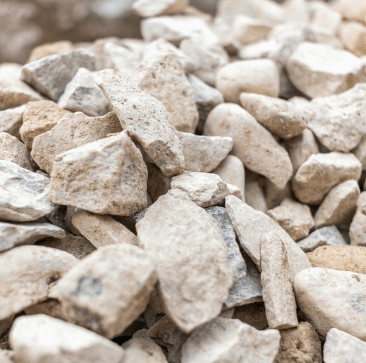
A high-nitrogen fertilizer, urea is commonly dried to reduce moisture content, preventing clumping and ensuring uniform application for crops.

Monoammonium Phosphate:This phosphorus-rich fertilizer is dried to prevent caking and improve storage stability, ensuring effective nutrient release.
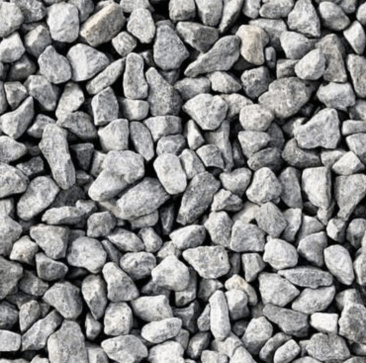
Diammonium Phosphate a key source of nitrogen and phosphorus, is dried to reduce moisture and enhance the granule’s hardness for better handling and storage.
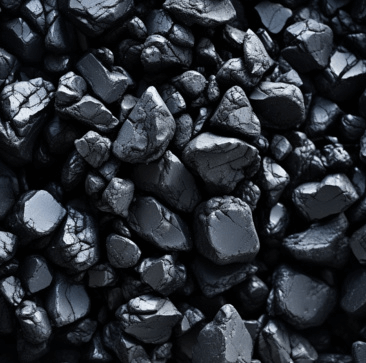
KCl is dried to prevent clumping and ensure even distribution for improved crop nutrition.
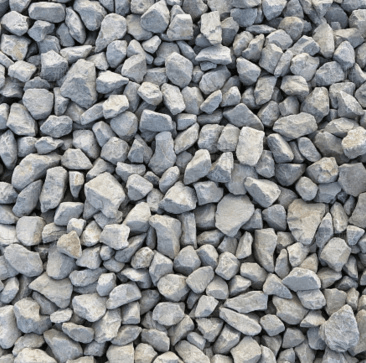
Sulphate of Potash dried to minimize moisture, reduce the risk of caking, and improve solubility and uniformity in application.

A nitrogen fertilizer, ammonium sulfate requires drying to ensure ease of storage and reduce moisture content, which can cause clumping.
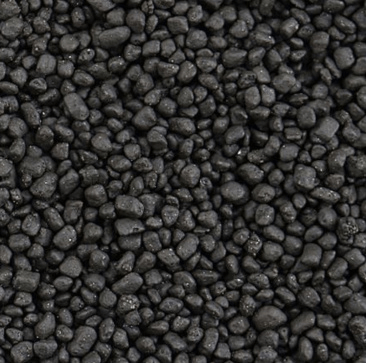
A blend of nitrogen, phosphorus, and potassium, and require drying to ensure uniformity, reduce moisture, and prevent caking.
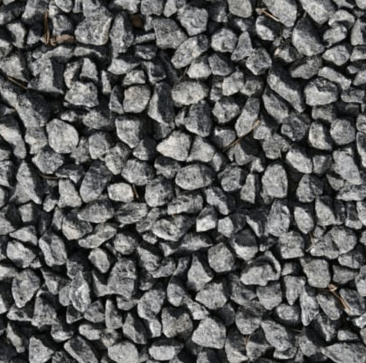
A nitrogen-calcium fertilizer, CAN is dried to prevent moisture absorption, ensuring its stability and ease of storage and application.
You can get in touch with us through the following contact information
AddressNo. 2289 Huancheng South Road, Tongxiang, Jiaxing, Zhejiang Province, China. Zip code:314500
Please fill in the sales inquiry form and our sales representatives will be in touch shortly.